In the world of sports and fitness, the drive for peak performance often leads to a relentless focus on pushing harder, faster, and stronger. But what if the secret to sustained success and excellence lies in balance rather than brute force? Enter the Yin-Yang theory, an ancient concept rooted in Chinese philosophy, offering profound lessons for athletes seeking to elevate their game.
Understanding Yin and Yang
At its core, the Yin-Yang theory represents the interplay of two complementary forces: Yin, which embodies qualities like rest, stillness, and recovery, and Yang, representing activity, energy, and exertion. These forces are not opposites in conflict but rather interdependent, working together to create harmony and balance.
In the context of athletic performance, this philosophy emphasizes that over-reliance on either Yin or Yang can lead to imbalance. For instance, excessive Yang—constant high-intensity training and competition—can result in burnout, injuries, and stagnation. On the other hand, too much Yin, such as prolonged rest or insufficient challenge, can lead to complacency and lack of progress.
The key is understanding when to activate each force and how to cultivate a dynamic balance between the two. This balanced approach not only enhances physical performance but also supports mental resilience, focus, and longevity.
The Role of Yin in Athletic Performance
Athletes often underestimate the importance of Yin qualities, yet recovery and rest are essential for growth and performance. Without adequate rest, the body cannot repair and strengthen itself after intense training sessions. Here’s how embracing Yin can benefit athletes:
- Enhanced Recovery: Practices such as sleep, meditation, and gentle stretching (like yoga or Tai Chi) allow the body to heal, reduce inflammation, and rebuild muscle fibers.
- Mental Clarity: Mindfulness and meditation improve focus and reduce anxiety, enabling athletes to perform under pressure.
- Injury Prevention: Balancing high-intensity training with restorative practices minimizes the risk of overuse injuries and burnout.
For example, professional basketball players often use post-game meditation sessions to calm their minds and prepare for the next challenge. This “Yin” practice allows them to maintain their mental edge while avoiding the mental exhaustion that comes from constant competition.
The Role of Yang in Athletic Performance
While Yin provides the foundation for recovery and balance, Yang is essential for action and achievement. It represents the drive, energy, and effort required to push limits and achieve new milestones. Yang manifests in:
- High-Intensity Training: Sprint intervals, weightlifting, and competition are classic examples of Yang energy in action.
- Goal-Setting and Discipline: The ambition to improve, coupled with the discipline to work consistently, embodies Yang qualities.
- Competitive Edge: The ability to tap into peak energy reserves during crucial moments in a game or race is a testament to a well-honed Yang force.
An Olympic sprinter, for instance, channels Yang energy during a race, drawing upon months of disciplined training and mental focus to deliver explosive performance. But without balanced Yin practices like rest and recovery, this intense effort would be unsustainable.
How to Integrate Yin-Yang Principles into Training
- Balance Training and Recovery: Design a training program that alternates between high-intensity (Yang) and restorative (Yin) sessions. For example, follow a day of strength training with a session of yoga or light cardio.
- Practice Mindfulness: Incorporate meditation or breathwork into your routine to cultivate mental focus and reduce stress.
- Listen to Your Body: Recognize the signals of imbalance, such as fatigue, irritability, or declining performance, and adjust your Yin and Yang accordingly.
- Adapt to Cycles: Align your training with natural cycles, such as seasons or weekly rhythms, to maximize your energy and avoid overtraining.
Real-Life Example: The Warrior’s Balance
Consider an athlete who’s struggling to overcome a plateau. By integrating Yin practices like mindfulness, deep stretching, and sufficient rest alongside their Yang-driven strength and endurance training, they achieve not only physical improvement but also a renewed mental clarity. This balanced approach enables them to break through barriers, perform at their peak, and sustain their progress over the long term.
Listen to this Video on YIn Yang Stategy in Athletic and Performance
Conclusion
The Yin-Yang theory offers a timeless framework for athletes looking to unlock their full potential. By understanding and balancing these complementary forces, you can achieve sustained performance, prevent burnout, and find harmony both on and off the field. Whether you’re a weekend warrior or an elite athlete, embracing this ancient wisdom can transform your approach to training and competition.
Remember, true strength lies not in constant action but in the balance between effort and ease. By harmonizing Yin and Yang, you can elevate your performance and achieve lasting success.

